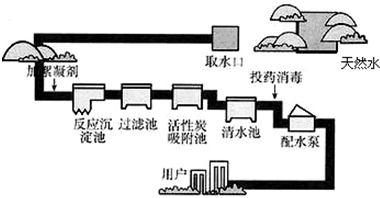问题
单项选择题
下列住宅建筑层数与用地关系的论述中( )有误。
A.平房比5层楼房占地大3倍
B.层数为3~5层时,每提高一层,则每公顷用地可相应增加建筑面积1000m2左右
C.5层增至9层可使住宅居住面积密度提高35%
D.7层住宅从建筑造价和节约用地来看都是比较经济的
答案
参考答案:D
解析: 见《城市规划原理》第九章第三节。七层住宅,要设置电梯、供水加压设备、防火设施,建材费用和施工成本增加等原因,因此不够经济。

